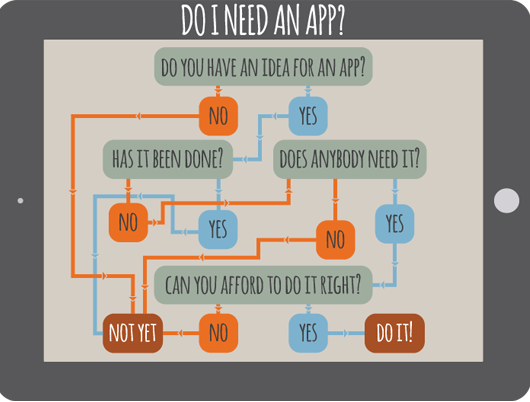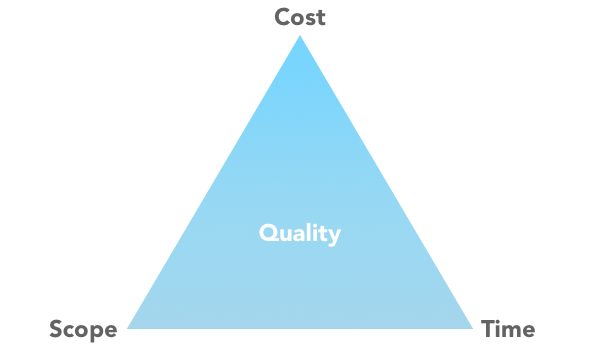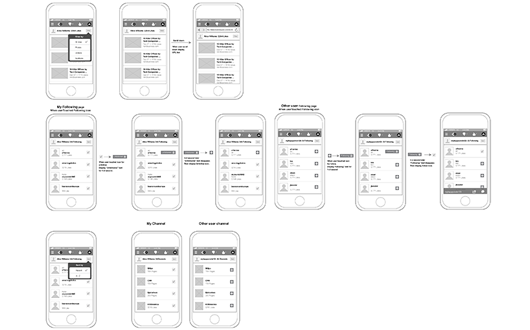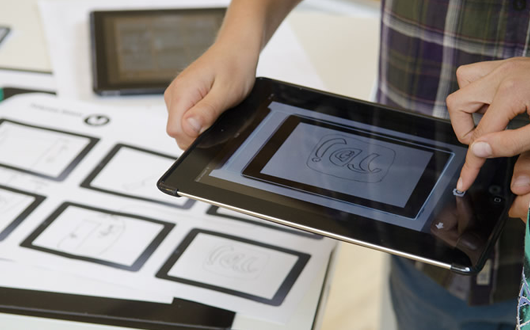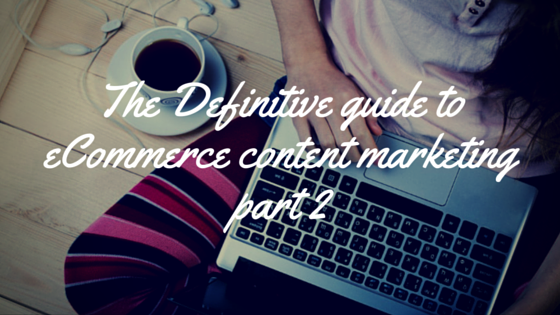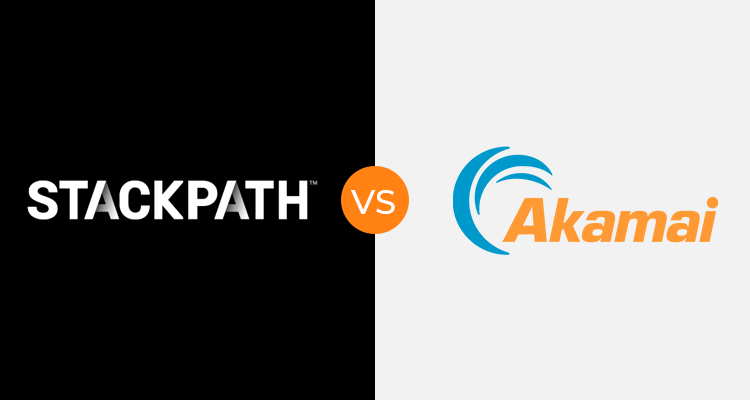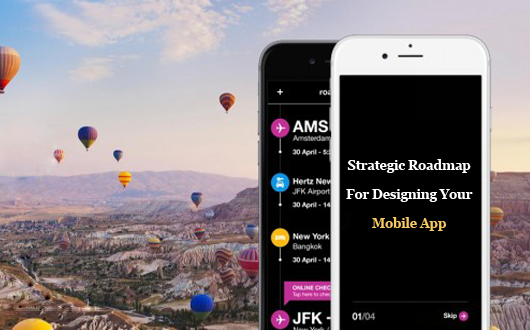
Having an idea is just the beginning of a long and arduous journey, which if poorly executed does not only cost you money and sales but brand reputation and driving away of loyal customers.
Designing an app is the first and most important step to creating a great app. It lays the foundation for the phases to come like Build, Test, Release and Maintain.
The process of designing brings all the verticals and horizontals of the business together to realize a common goal.
If you have a strong and thoughtful design that resonates with the business vision and user requirements, it gives your app development the right direction and big push.
Design is a worthwhile investment that also improves the process of app development and ensures success.
This roadmap will take you from ideation to action plan in clearly defined, easy to understand and implement steps.
This is important because without a roadmap it is very common to get diverted, lost and delayed by few months or more
Define Your Objective
Before you jump on the “mobile first” bandwagon, the question that you really need to answer is – “Do I need an App?”
“Does the App add value for my customers?” “What pain points is the app solving for?” “Who does it solve problem for?”
“How does the app help your brand stand out among your competitors?” “How does it fit in the company’s overall mission?”
Clearly outlining the need for a product strategy is important because, investing in an app for the wrong reasons will not help your brand, loyalty or sales grow.
Determine The Scope, Timeline & Budget
These Triple constraints of scope, time and budget keep your app management under realistic tabs and ensure balance between the three.
- Time: What is the timeline of your project?
- Budget: What amount are you willing to shell out to develop this app?
- Scope: What are the required features and platform?
>
Each of the constraints has related concerns, details, and trade-offs that play into the overall coordination and final result. For instance the timeline is greatly influenced by what platform and features you are including.
And if you need to launch a new app in short time, you might have to compromise on the feature list and be prepared to increase your budget. So the key to success is to prioritize your time, scope and budget.
An important phase of discovering and analyzing constraints needs the business, IT and mobile strategists to come together to determine the overlap between the business goals, technical constraints and desired features.
Explore : Best Ecommerce Mobile Apps
Understand The Market & Know Your Competition
You need to thoroughly research the market to determine the scope.
- Are alternative products or apps available in the market?
- How will your app be different from the others?
- Can it gather attention from the users?
- How to engage customers?
- What will be the age group, location of the app users?
- What should be the cost of the app or should it be free?
- What are the recent market trends and technologies to help you lead?
Answers to these questions are important in determining the usability and the features that need to be included.
Also they are essential to draw inspiration and innovate, learn from others mistakes and ensure that there is no duplicity.
Best and latest practices and techniques are also highlighted in the process.
Related : How To Optimize Your App For Google Search
Incorporate User Perspective
More than often the business and developers get carried away with the features and designing the whole experience.
What they need to remember is that there are tons of apps out there, and you are there because of them, the User.
So the most important factor for success, downloads, retention and ultimately monetizing is the end user.
A great app should not only be clean and attractive, but also focus on usability and being intuitive to the customer based on their operation habits. You can also include them in the discovery and design process from the beginning.
Some common user requirements should always be kept in mind like social sharing and included to guarantee common functionality with ease and short steps.
Explore : Reasons Why People Abandon Your Mobile App
Identify All Potential User Scenarios
Now that you have a clear vision for your app, what you need next is to consider how and why a user might interact with your app.
Creating user scenarios, which are simply how a user accomplishes a task, gives a good understanding to the developers, marketers or product managers into the mindset of the potential users and enabling them with the best experience.
Understanding this is important in eventually considering the features that you need to work on.
Each scenario should serve a specific goal and if possible should achieve user segmentation based on your level of granularity.
The key ingredient to building great design is the user experience and tightly aligning the user, business, and technical goals.
Useful Post : Smart Practices For Engaging & Retaining App Users
Prioritize
It’s not possible to implement every feature and scenario that you have listed down.
You can prioritize based on a number of criteria like risk, cost, time, resources, business value and user needs.
This will provide a set of actionable mobile features to be incorporated into the design and a feature backlog for future release and improvement.
Wire Framing
Its time to turn your idea and features into a reality! But before you actually get down and start coding you need to do some planning so that you don’t have to do a lot of rewriting and refactoring of code later.
Wire framing is the process of creating a mockup that will help you and your team mates understand the sequence of your app screens and how a customer will navigate through your app.
“Wireframes” are the skeletons of screens, providing a structural look at the layout of an app, create a fluid design, set screen position and usually represented as simple line-sketches without colors, images or styling.
Before you start wire-framing for your mobile app, it’s essential to understand how to create the most effective wireframe in an efficient, comprehensive and easy way.
You can also go through Apple’s Design Guidelines and Android’s Design Guidelines for a more structured approach to design conventions for app interfaces.
Related : Great Wireframing Tools For Mobile
Prototype & Observation
The next stage in the app design process is Prototyping, which is going to put your apps onto a real device to test, so your beta users and friends can give you feedback right away.
A prototype is designed using the software development toolkit provided by Google, iOS, Microsoft or Blackberry to design the app without writing a single line of code.
Tools like Flinto, Invision and Proto.io allow designers and developers to create prototypes with minimal effort and focus on functionality and ensuring that everything is working
Even without a developer, you can now create prototypes for your app with tools such as Flinto or Invision.
Through these two, you can create an app-like experience by uploading your screens and making the subsequent connections between screens and buttons.
This will help you test your app’s flow and UX. You can even design your app icon and save your prototype on your homescreen, making you feel like it’s the real thing.
Should I add button and label in this area or other? Are these screen flows seamless and making sense? This is the idea of prototyping.
The designs are right now is very rough, probably not good looking but what’s important right now is the fact that it’s working!
Now that your colleagues and friends are putting your app to use, gather lots of feedback and get a better understanding of what to expect from your target audience.
Interesting Read : How To Increase Downloads For Your Mobile Commerce App
Research Graphic Design
Your app design is the first thing that catches the eye of the user and making sure that the visual elements and layouts can make or break the impression.
Your emphasis should be considering visual aspects that are a reflection of your users. You can draw inspiration by playing around with other apps, not an app that is similar or books.
Color, typography, balance, symmetry, consistency and simplicity are some of the design considerations you need to lay stress on.
You need to make a great first impression because the design is as important as the content to stand out in today’s competition.
Worth Reading : Elements Of Mobile Friendly Ecommerce
Requirements Specification
Finally at the end of design phase, you need to compile all the features together that you have included in the prototype important for achieving the project goal, and create a Requirement Specification document.
The document should clearly bring together, project scope, functional requirements, features, use cases, user flow, non-functional requirements, issues and wireframes.
This document serves as the foundation for developers, marketers and project managers to build the complete app and prototype as a baseline for creation of UI for the app.
The document acts as a checklist for later use to verify that all the requirements have been addressed through the app.
Useful Resources :

